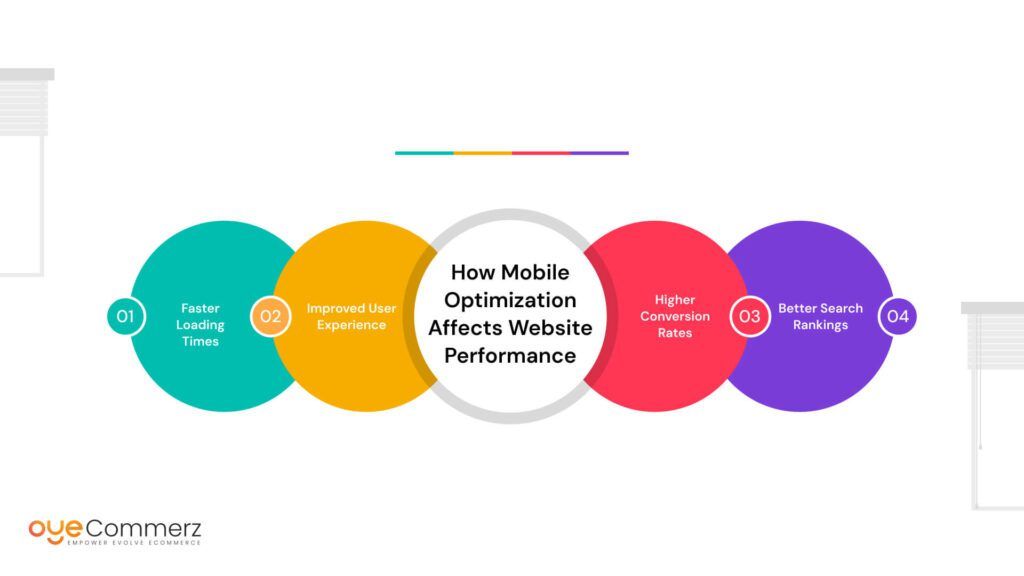In today's digital environment, choosing the appropriate e-commerce platform is essential for business growth. If you're presently using Wix but thinking about a switch to Shopify, you're not alone. Numerous businesses are transitioning to Shopify to take advantage of its powerful features, expandability, and specialized e-commerce solutions. This guide will outline the migration process, guaranteeing a seamless move and setting you up for e-commerce achievement.
Why Migrate from Wix to Shopify?
Before exploring the migration process, it's important to understand why Shopify might be a better fit for your e-commerce requirements:
- E-commerce Focus: In contrast to Wix, which caters to multiple website types, Shopify is engineered specifically for e-commerce, providing sophisticated tools and functionalities tailored for online selling.
- Growth Potential: As your business expands, Shopify can easily accommodate higher traffic and transactions capacity without compromising efficiency.
- Extensive App Ecosystem: Shopify provides a vast library of apps that can boost your store's functionality, from marketing tools to stock control solutions.
- SEO Capabilities: Shopify offers better SEO options, which can assist in improving your store’s visibility on Google and others.
- Payment Options: With numerous transaction platforms available, including Shopify Payments, you can offer shoppers a variety of payment methods.
Getting Ready for Transition
To ensure a smooth migration from Wix to Shopify, follow these preparatory guidelines:
1. Save Your Information
Export all your data from Wix, including item information, user data, and order history. This step is vital as it guarantees you have a copy of everything before initiating the transfer.
2. Choose Your Shopify Plan
Evaluate the different Shopify subscriptions offered and select one that best suits your company’s requirements. Consider factors such as transaction fees, features included, and growth potential.
3. Create Your Shopify Profile
Create your Shopify account and explore the platform’s interface and tools.
The Transition Process
Now that you're prepared, it’s time to migrate your store from Wix to Shopify. Here’s how:
1. Import Products
Utilize Shopify's integrated import tool or third-party migration apps like Cart2Cart or LitExtension to transfer your products from Wix to Shopify.
Make sure that item details, pictures, prices, and variants are accurately imported.
2. Transfer Customer Data
Upload client details such as user names and contact info into your new Shopify store. This process is critical for retaining client connections and marketing efforts.
3. Set Up Payment Gateways
Configure payment gateways in your Shopify store to ensure smooth payments. You can select from multiple platforms like debit methods, PayPal, and more.
4. Personalize Your Store Design Import products
Select a design that reflects your business image. Modify it using Shopify's customization options to create an appealing and intuitive store layout.
5. Search Engine Optimization
Apply SEO strategies during the transition process:
- Configure 301 redirects from old Wix URLs to new Shopify URLs.
- Enhance item names, details, and photos with targeted keywords.
- Update meta tags and alt texts for better search engine visibility.
Post-Migration Steps
Once your store is live on Shopify, consider these post-migration steps:
1. Test Your Store
Conduct comprehensive testing of your new store:
- Verify item listings for correctness.
- Verify transaction methods.
- Ensure all links work correctly.
2. Launch Marketing Campaigns
Announce your new store launch through email Search terms newsletters and social media channels.
Consider offering special offers or sales to attract customers.
3. Monitor Performance
Use analytics tools within Shopify to monitor revenue growth and user activity.
Modify your strategies based on data insights.
Conclusion
Migrating from Wix to Shopify can significantly improve your e-commerce potential and lay the foundation for growth and achievement. By following this guide and taking a systematic approach to the migration process, you can guarantee a smooth transition that minimizes downtime and maximizes opportunities for revenue. Welcome the change and watch your online business thrive on its new platform!
